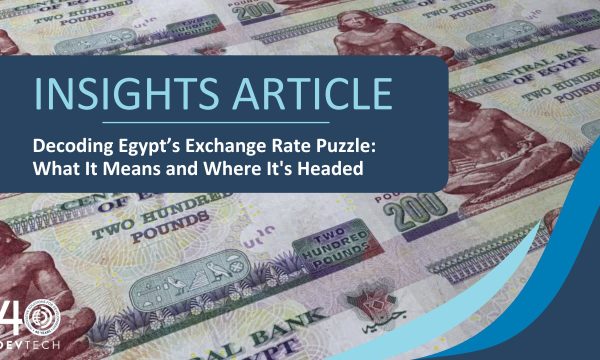Legislating “in the dark” in an anomaly in the age of big data
International Monetary Fund, 2019
In a new working paper (1), the International Monetary Fund pointed out that the use of empirical data in insolvency law analysis has been sporadic. This paper provides a conceptual framework for the use of data to assess insolvency systems. The design of a good system requires the use of both qualitative and quantitative benchmarks. Compliance with international standards is very important for every country (especially less developed ones), but this only satisfies the qualitative part of the system. Data is needed to evaluate the effectiveness and efficiency of every step of the process and to identify bottlenecks.
For example, the closing a business component of the Doing Business report published by the World Bank is based on a hypothetical case of closing a business in a city. Although this information is important to compare a country with others, it is necessary to have real information about the day-to-day practices to be able to precisely identify what is making a country lag.
This paper also emphasizes that there is a common misconception that data is scarce. However, data is already collected by many different agencies such as financial institutions, courts, and several government agencies. Data is widely available, but there is need for interdisciplinary expertise to extract and analyze it. To save costs it is recommended to use existing infrastructure. If there is no infrastructure, the creation of special registries offers an excellent opportunity to design data collection tools that categorize the information to facilitate its analysis.
It is also important to acknowledge that there are trade-offs in the design of data collection mechanisms, such as the need to respect data protection rules and banking commercial secrecy, so anonymization of data is essential.







